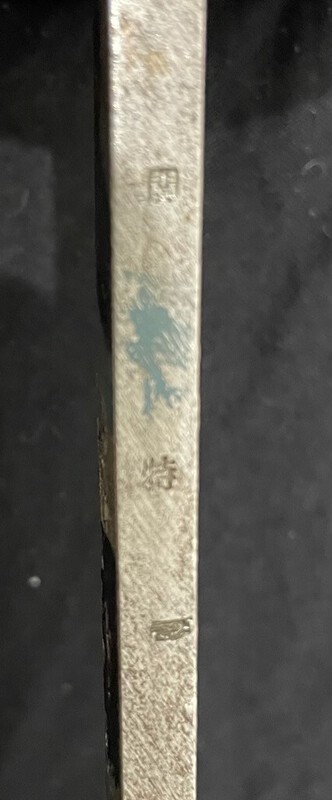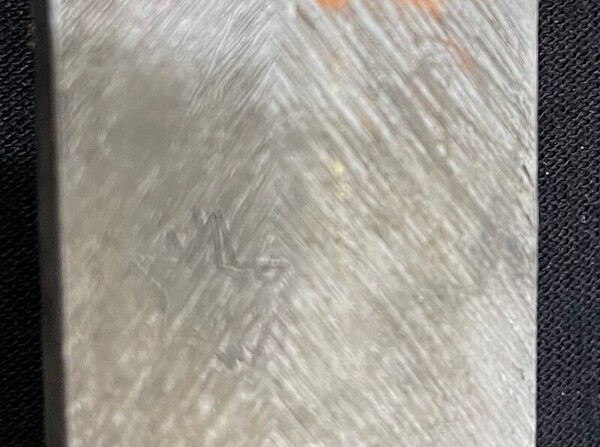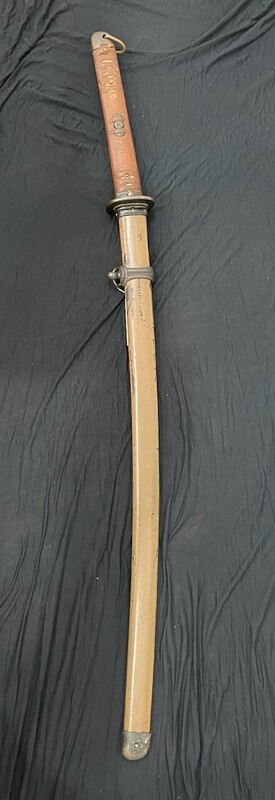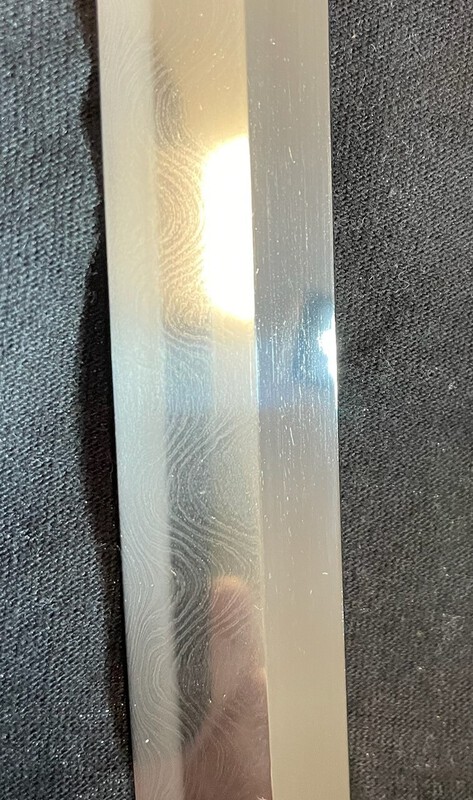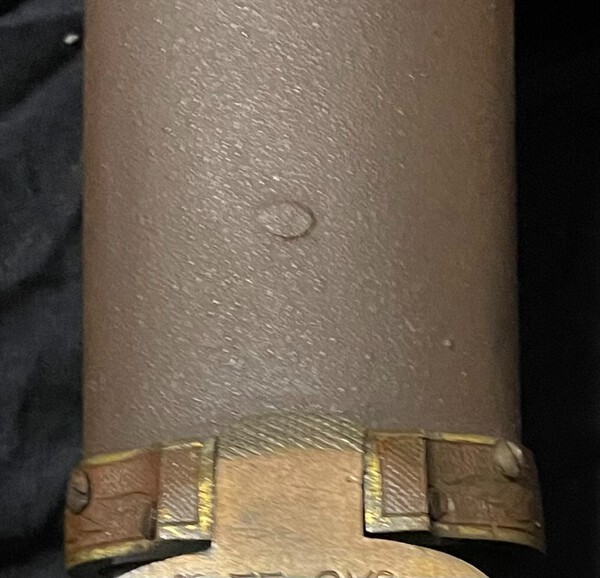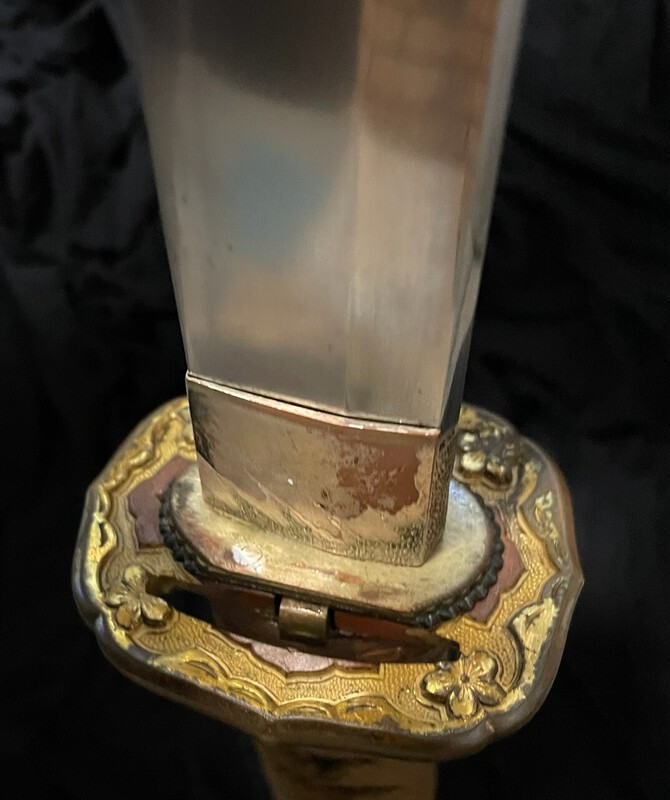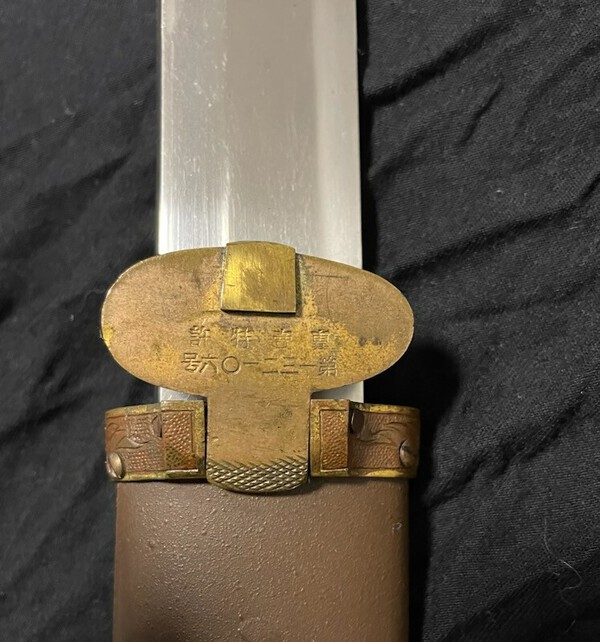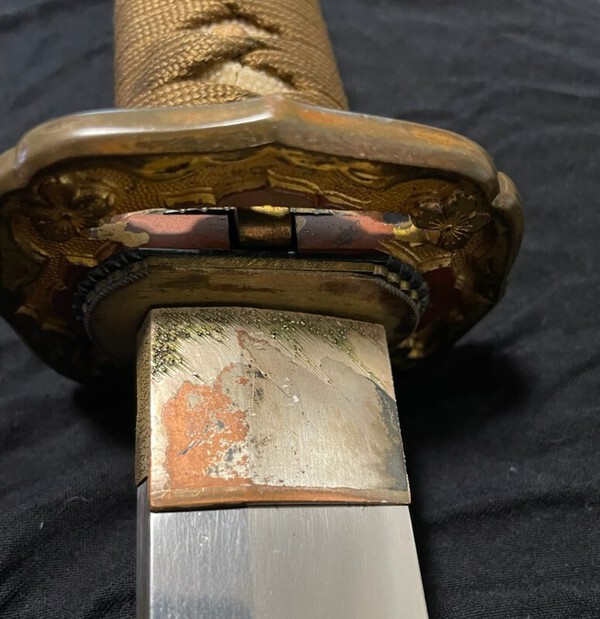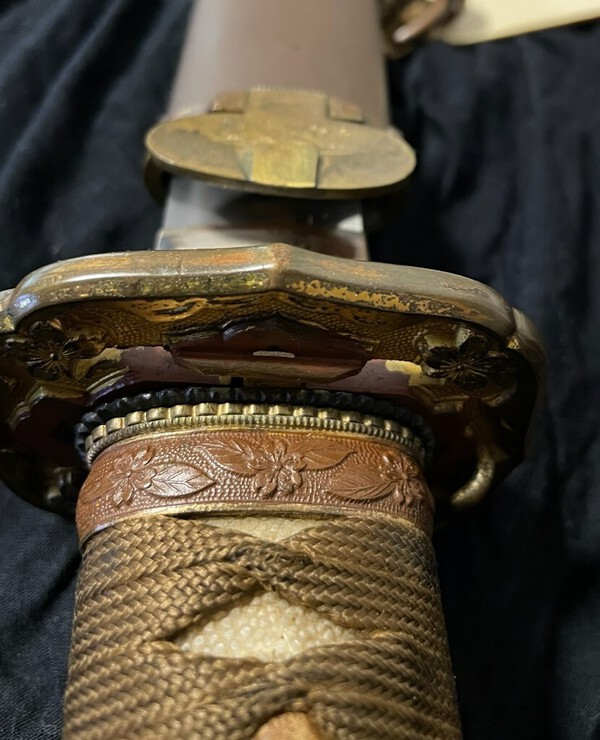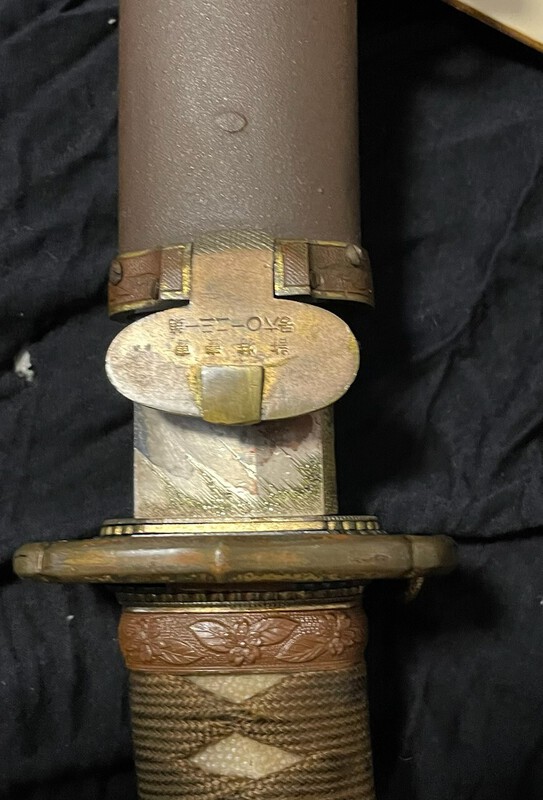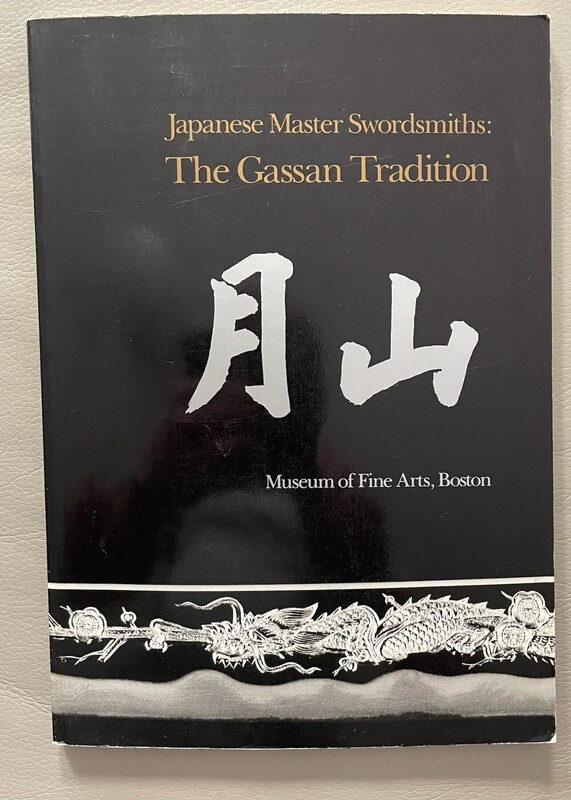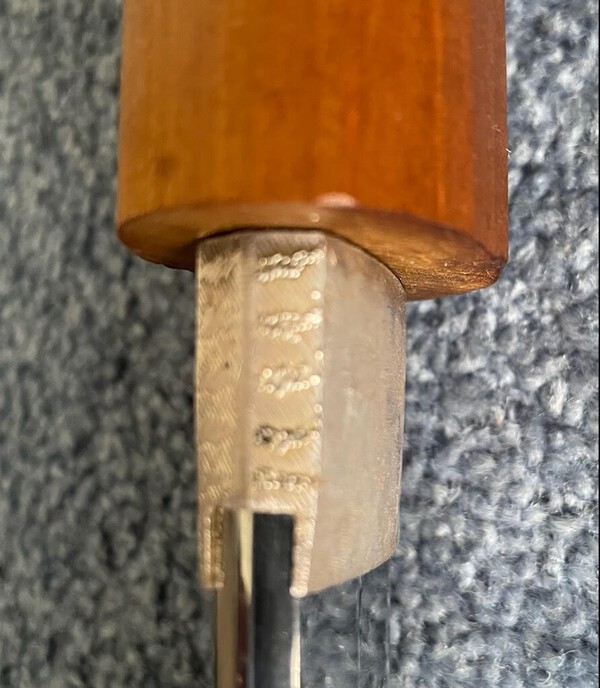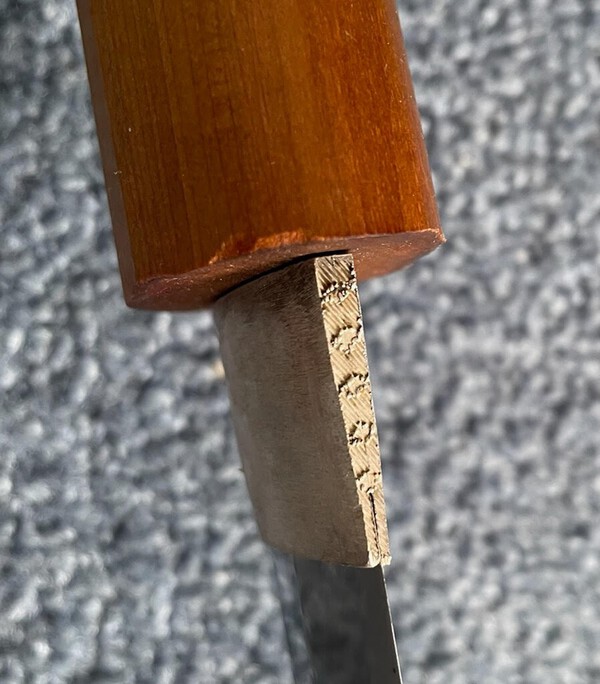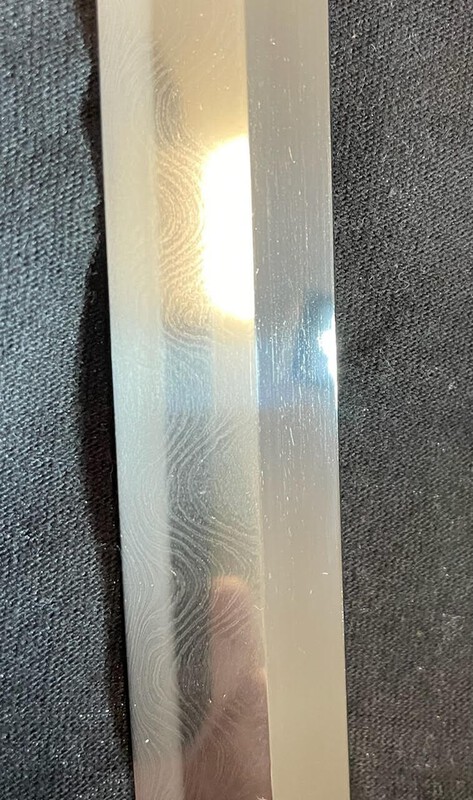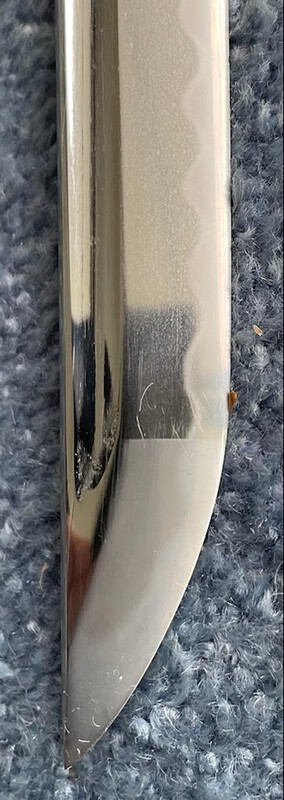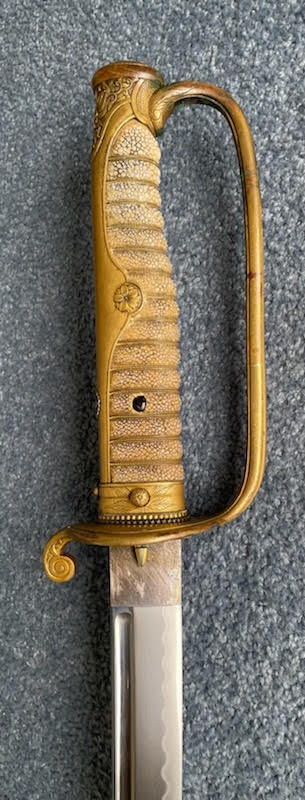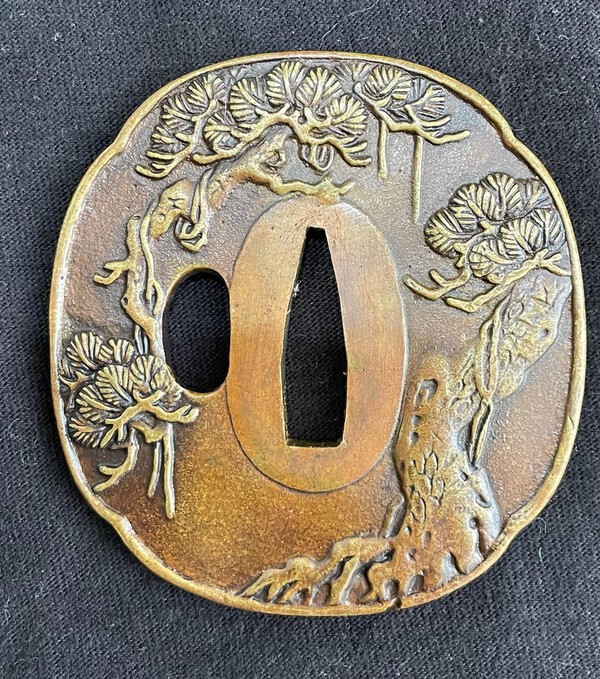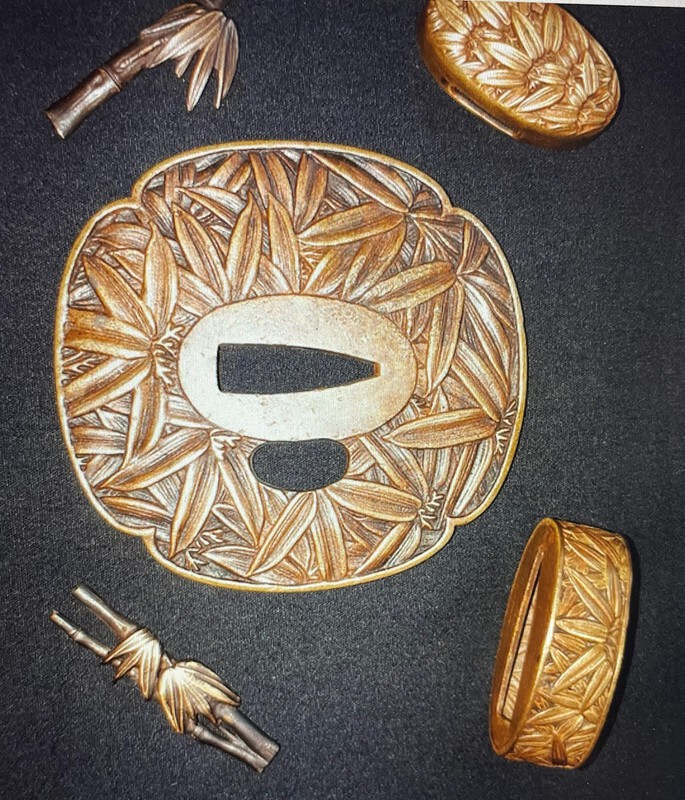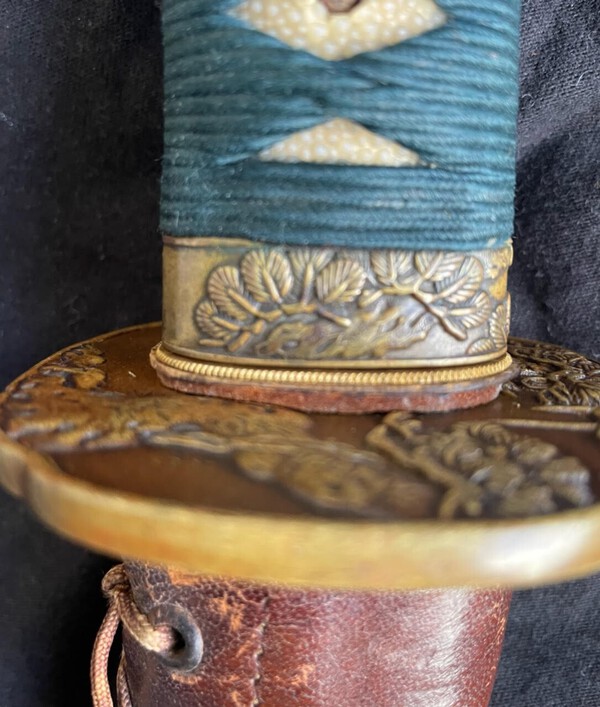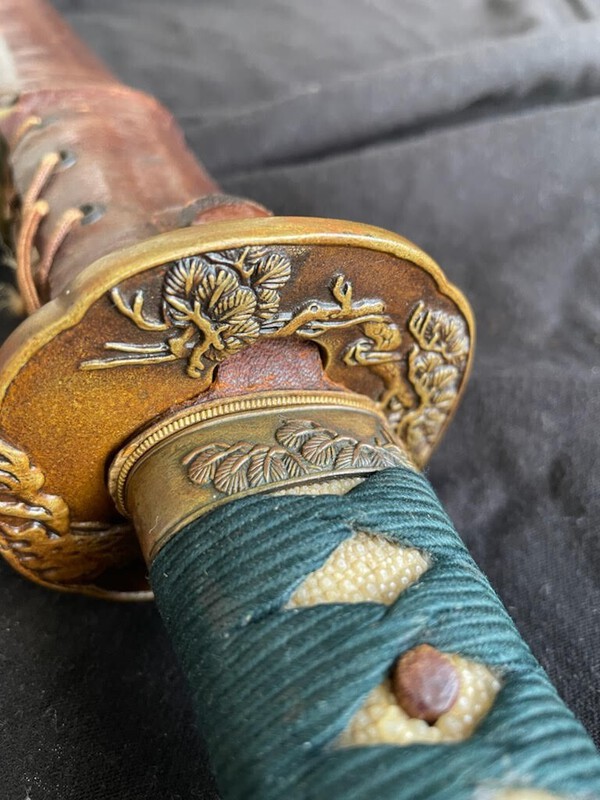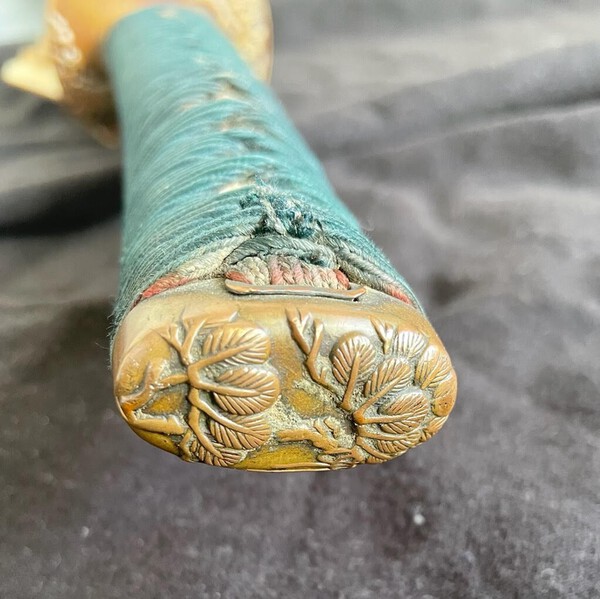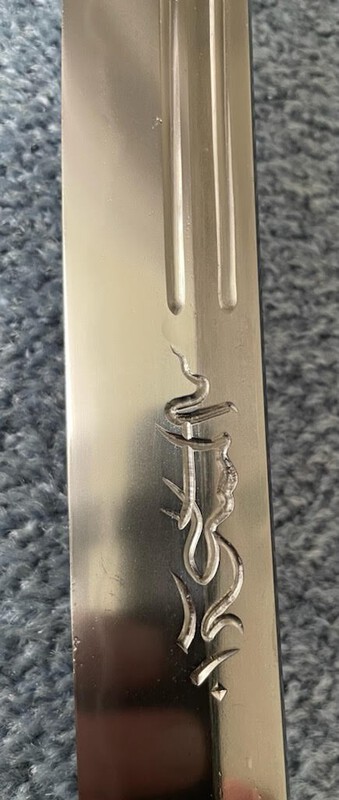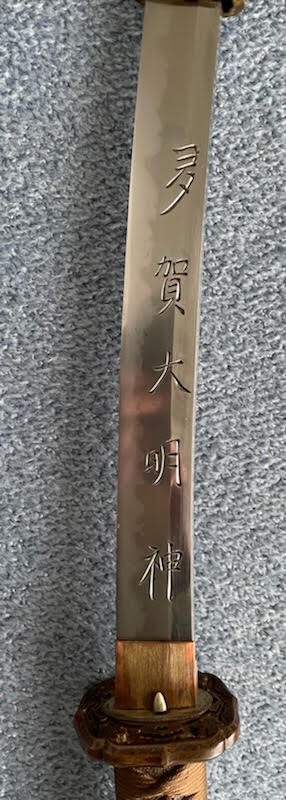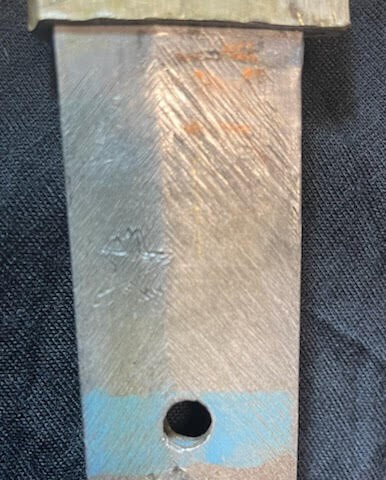-
Posts
1,915 -
Joined
-
Last visited
-
Days Won
85
Content Type
Profiles
Forums
Events
Store
Downloads
Gallery
Everything posted by IJASWORDS
-
Basically a war time polish in my view, is the original polish that was on the sword at the time of capture or surrender. Of course this polish could be spectacular or utilitarian, or could be the result of a rough field polish during action by the soldier. In any case, you could substitute the term original polish, or as found polish.
-
I pulled a few swords from the cupboard tonight to inspect and enjoy. This KANETOSHI (Murayama) Star Stamp, July 1944 in late war RS mounts always demands attention. In WW2 polish, the hada and hamon in Ichimonji style JUKA CHOJI, is like viewing a nice piece of art, something new always catches your eye. For Bruce's benefit, I tried to do my best on the MUNE stamps. I have probably posted photos before, but my new phone camera and LED lights show much more detail. If I had the time and money, this sword would be a prime candidate for a touch up polish.
- 689 replies
-
- 14
-

-

-
Thanks Tom, it's yours.
-
-
For sale is a unique of sword and koshirae outfit from the Japanese Imperial Army used in WW2. Firstly, look at the blade, a (Shoda) MASAFUSA, a traditionally made sword by a 1 million YEN sword smith in great war time polish. Complete with the hot stamps detailing that it was made by the soft core steel and covered with the hard steel combination. The registration number, 211659, of the design is also in the hot stamp. The hamon, kisaki and boshi are really nice. Secondly, the koshirae, the very rare Iida latch combination, that functions perfectly, complete with design and patent numbers. Most of the original paint and gilding is still evident on the fittings. And adding to the collectability, is a silver Samurai Family Mon, and topped off with a brown/blue original officer's tassel in great condition (worth a couple of hundred bucks alone!). So in summary, an extremely good example of a rare sword and blade combination that has everything, that would add interest to any collection. I have sold many swords to NMB members, and the feedback is that my photos don't do justice to what they see in the hand. These swords usually sell for much more than the USD3350 (including express postage) that I am asking. This is a fantastic sword that ticks all the boxes, great blade, rare koshirae (that works!), mon and tassel. index.html
-
Steve, I too have been absent from the forum for many months, and your description of where you are in your collecting rings a familiar bell. BUT, I am twice your age, and my thoughts lead me to wonder what happens to my collection when God finally calls "last drinks". I am sure my kids will ring some junk shop, or worse, will order a dumpster. Like you, I have over the years accumulated every make, model and variety of WW2 era swords, using "Dawson" as a guide, and then some! If you don't need the money, and in good health, hold off for a while and maybe sell a sword or two, just to understand the market, this has been my methodology over the past couple of years. Anyway, what ever you decide to do, its been great interacting with you on the forum, and many communications on other media. I do like Bruce's idea of a book, at least take top quality photos and record the information just in case some one else can use it. Best wishes.
-
- 149 replies
-
- 13
-

-

-
The swords in the photo posted by Trystan above were all made by KANEMICHI. Here are some photos of my 1935 KANETOKI who changed his name to KANEMICHI later on. This example in gloss '94 mounts, has horimono on both sides! I am obviously a fan of his work, and the number of swords with beautifully cut horimono is amazing. Many are true works of art.
-
Bruce, in the closeup photo, you will see a dot of spot weld. This spot weld secures a flat piece of spring steel steel (NOT a coil spring) that keeps the cover erect or flat. The saya is then painted over on assembly. I have been contacted by a few collectors who had missing springs, and wanted to know how to repair or replace the spring. This would be a delicate operation!!
-

Trapdoor Gunto info please?
IJASWORDS replied to Jason the Danish Greek's topic in Military Swords of Japan
Some Iida latch close-ups for reference. Note the internal locking "paul" in the tsuba. I don't see one in Jason's photos. -
Yep, a good book with history, genealogy, oshighata etc.
-
-
G'day, Bryce, your belief may be correct, but it is still speculation. The problem of posting your belief in this esteemed forum is that in years to come it may be quoted as fact. I would like more (and possibly documented evidence) that daimei/daisaku were made as early as 1925. Signatures change slightly over the years (mine has!). As a SADAKATSU owner and fellow enthusiast and researcher, as you are, I rely on verifiable information, and testimony from the GASSAN family. What you say has dramatic implications for collectors/owners/researchers, and of course, regardless, they are still papered as Sadakatsu. Keep up the research, its been a good discussion topic.
-
If you go back to Bruce's video he posted, at about 6mins 20secs in, there is the rational for the latch and cover. And some nice photos. Photo of one of mine with Gendai MASAFUSA blade for comparison.
-

Japanese Swords Made In China During World War II
IJASWORDS replied to Kiipu's topic in Military Swords of Japan
I would like to take this discussion back to topic, away from French Fries and Belgium waffles. In December (winter) 1938, the Chinese Manchurian Railway Factory (Dairen), who a year earlier in 1937, made the first MANTETSU TO blades, set up a sword polishing, sword mounts manufacture, and sword assembly factory in their FUTABA Kindergarten building. Blades made until March 23, 1939, were branded with the Manchurian Railway stamp (a rail in an "M"), after this date are engraved Koa Isshin. Here is one such Winter 1938 fully Manchurian made and assembled with original 1938 mounts. These enigmatic and rare swords (only a handful exist in collections) are never seen in surrender photos (particularly in the Pacific), and it is my belief that the Imperial Japanese Army used them exclusively in the Manchurian campaign. This sword has an alfa/numeric mune stamp, N156, and is one of the earliest (if not the earliest) stamp on record. (Bruce, can you comment?). Of note is a very visible HADA HABUCHI, and HATARAKI, which to my mind, make it a great example of a Chinese "Japanese Sword". -
-
It is now sold, thankyou.
-
This sword is by (Mori) YOSHICHIKA, a Gendai smith from the Taisho to Showa periods, and was located in Tokyo. His swords were renown for their cutting ability. Most of the swords carried by the Imperial Guard were YOSHICHICKA, as the Emperor held him in the highest esteem. In Russo-Japanese war KYU GUNTO mounts, of around the turn of the 20th century, this sword has significant military and sword making history. This is no parade sword, but a traditionally made weapon of war, complete with a silver Samurai Mon on the handle. The blade length is a full 65.5 cm, and is not modified to suit the mounts, it was made as as an ensuite outfit. The blade exhibits HADA and HAMON, and a beautiful temper line and pattern. And is shown by its nice polish. This sword by a 1.5 million YEN smith, has matching fittings, beautiful brass work, and the SAME and WIRE on the handle is intact. At USD2000, postage included, this would suit Gendai and Military collectors.
-
-
Bruce, good question. It is definitely Showa period. I am assuming that being the same size, shape, and having the hole for the leather securing tab as the "bamboo" example, pictured, it was.
-
Bruce, I think you can add these to Showa period civilian mounted military fittings. A complete set of pine tree branch motif fittings on a December 1943 HIROMITSU blade.
-
The lovely sword with horimono posted by Colin H, triggered a thread that I have been meaning to kick off for a while. It is my personal opinion that a WW2 Gunto with a horimono is (again in my opinion) one of the "Holy Grails" of military sword collecting. I will start with a few of mine, all by the same swordsmith KANETOKI who then changed his name to KANEMICHI. These are all WW2 period blades, that show horimono, Bonji and Kanji. I would hope that others could contribute to this thread, as I think it would add to our knowledge of the art.
- 49 replies
-
- 11
-

-

-
This sword could fit into high class Gendai or high class Gunto, and I may have even posted it before. But I am playing with my new phone camera, and thought I would share the photos. HOKKE SABURO NOBUFUSA, rated at 2.5 million, puts him in the very highest echelon of Gendai smiths. This sword appealed to me because of the because of the quality of the workmanship, and near mint 98 koshirae. With a Nagasa of 65cm, it is a powerful and elegant sword.
- 689 replies
-
- 11
-

-

-

-
Bruce, here is one of mine to ponder. RJT smith KANETOSHI with just about every acceptance and arsenal stamp, including a star stamp miss hit 3 times! It is 65cm long, made in 1941, and is extremely well made, including what looks like a Juka-Choji hamon. The stamps are on both sides, and 3 on the mune. Matching assembly numbers on the fittings. It is in original WW2 polish, but every feature is visible.
-
Thanks Peter, that adds so much more interest to my sword. I feel privileged to own a sword where the family tradition continues.



